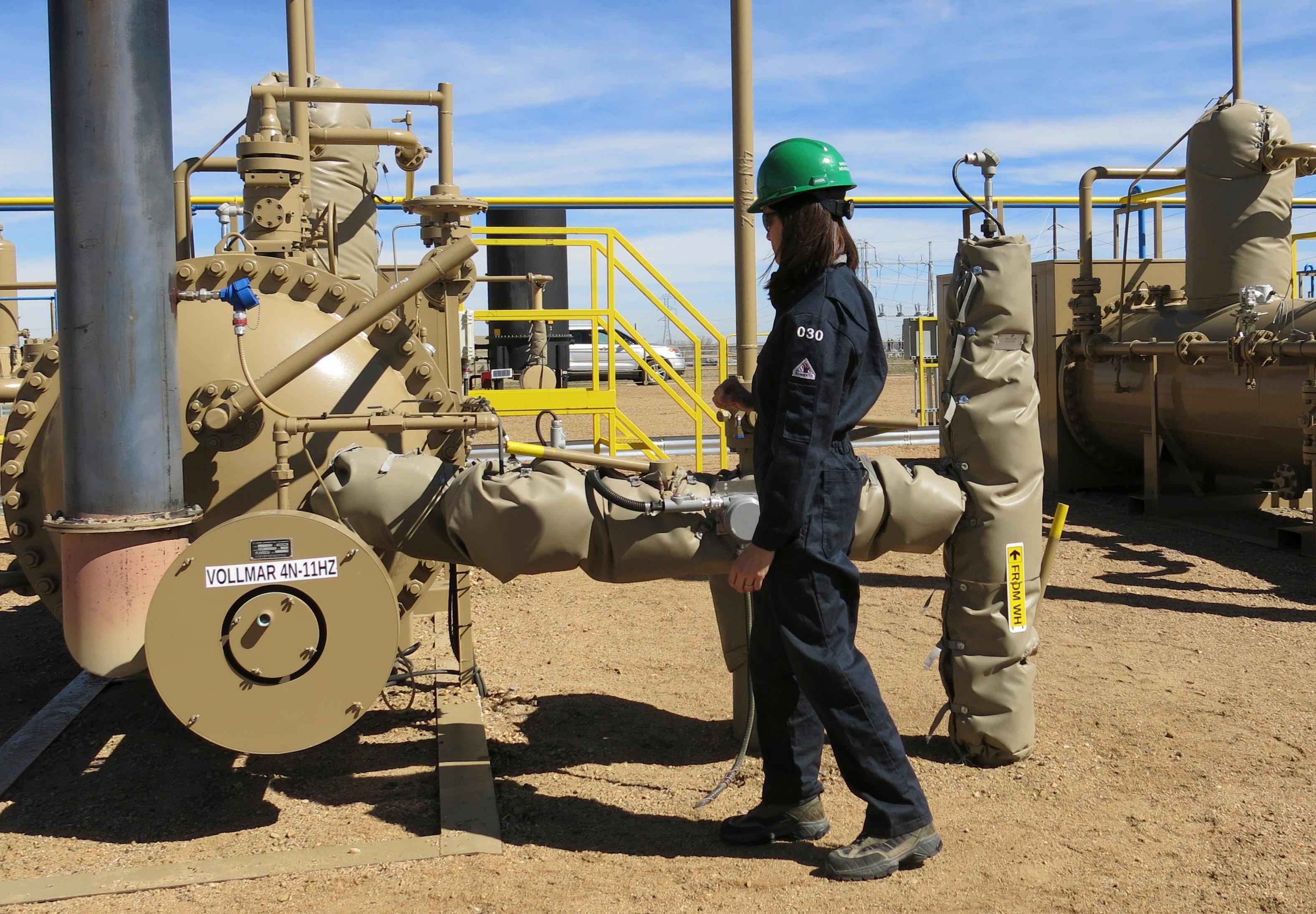
Global emissions of a potent greenhouse gas from the energy industry and natural geological sources like wetlands could be much greater than previously thought, a new study finds.
The findings from the CU Boulder-based Cooperative Institute for Research in Environmental Science, were published in the journal “Nature.” The research took place in at the University of Colorado Boulder, working in NOAA’s Earth System Research Laboratory.
The new numbers are important because scientists say methane is more potent than carbon dioxide and reducing it is critical to combating climate change.
Methane emissions are at least 60 percent greater than previously estimated, said Stefan Schwietzke, a research scientist with CIRES, which announced the findings in concert with NOAA. Total methane emissions from all sources increased from 2007-2013 by about 28 million tons per year.
On the energy industry side, the NOAA release says:
"The upward revision in the estimate of fossil fuel methane emissions comes despite improvements in industry practices that have reduced leaks from oil and gas facilities from about 8 percent of production to about 2 percent over the past three decades. Dramatic production increases have canceled out efficiency gains however, keeping the overall contribution from fossil fuel activities constant."
Methane emissions have also been revised up significantly:
"We believe methane produced by microbial sources – cows, agriculture, landfills, wetlands, and fresh waters – are responsible for the increase, but we cannot yet pinpoint which are the primary drivers,” he said. “If the methane is mainly coming from cows or ag, then we could potentially do something about it. If it's coming from decaying vegetation in wetlands or fresh waters, then a warming climate could be the culprit."
The research comes from analyzing a massive database that was created to see how much methane comes from fossil fuel development, natural geologic sources, and other sources.
Schwietzke says growing that database by adding samples from other methane sources like cows would aid future research.









